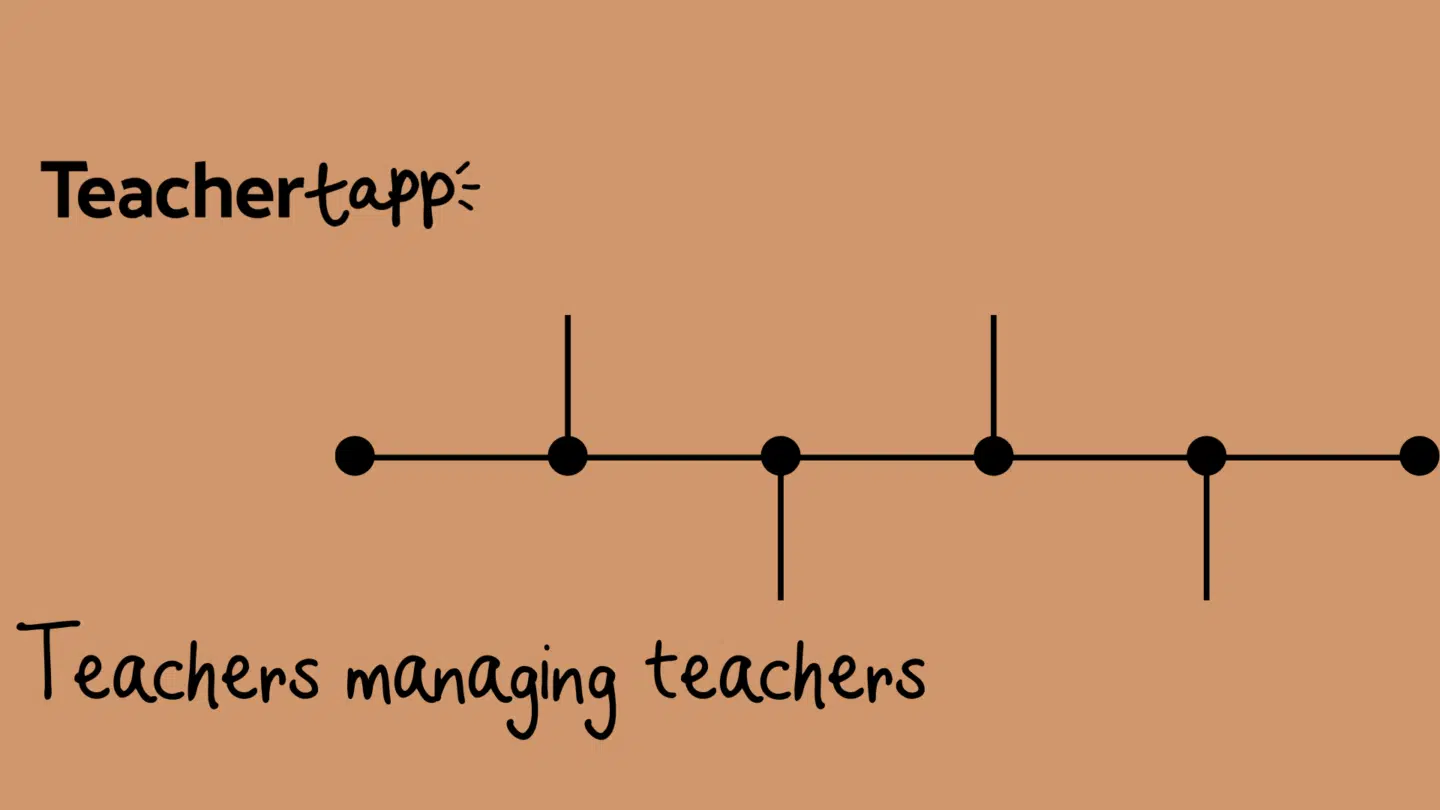
Two weeks ago we snuck a comparative judgement exercise into Teacher Tapp.
Each Teacher Tapper was given three questions in which they had to pick which of two education policies they would favour if they were the Education Secretary. On this occasion, all the policies related to Special Educational Needs and Disabilities (SEND) – and were based on things teachers in previous polls had told us they wanted to see, or rumours around what the Labour Party might include in their upcoming schools white paper, which is expected to have a significant SEND section.
Although each Tapper only saw a handful of policies, we used sophisticated maths to work out what the overall rankings are – i.e. which ones are favoured most often across the whole group.
Note: Saying something is most or least favoured doesn’t tell us how much it is liked. If we asked a different question, such as “how much do you like this policy?”, it’s possible that even the top policy would get a low score – or, conversely, that even the least favoured policy might get a reasonably high score. All it tells us is the order of preference.
However, we use this method because education policies are always a set of trade-offs. Everything can’t be done at once, while doing nothing is also not an option when the current policy isn’t satisfying the public. So this is a first pass at trying to work out, among a field of plausible options, what teachers would prioritise first – if they were in charge.
The Preference Order for SEND Policies
The graph below shows the different policies that we asked about. The higher up the chart (and the further to the right the red dot), the more often it was chosen.
The red lines act as confidence intervals – i.e. the red dot could have appeared anywhere on that line. Where red lines overlap, it means the order could be slightly different. So: the top three could be in a slightly different order, but the bottom policy is definitely the least favoured.
Here’s the chart…

Which Policies Are Most Popular?
The most popular answer is increasing the number of state special school places. This is something the government has already committed to, including additional funding in the Spring Budget this year to build another 15 schools.
Given how clearly popular the policy is, it may be worth the government communicating this more widely – and possibly exploring whether even more places are needed.
The four next most popular policies were in a tight clump:
- Increasing the number of SEND-focused Teaching Assistants in school
- Guaranteeing access to short-term mental health/trauma support
- Schools to receive the first £6,000 of an EHCP
- Guaranteeing SEND assessments within 12 weeks
Labour has said it wants to create more SEND places in mainstream schools – and these four policies align with that direction. But crucially, they also provide the staff, funding, and support that schools say they need to support students well. Without them, mainstream inclusion may end up feeling like a hollow promise.
Senior leaders were particularly keen on the £6,000 policy – for them, it was second place (while it was third overall). Perhaps this is because they understand how significant those budget differences are. At present, the more children a school takes with EHCPs, the more it must fund before reimbursement kicks in. This can leave schools worse off for doing the right thing which, understandably, feels unfair.
The popularity of short-term mental health and trauma support should also give policymakers pause. When we asked teachers for their thoughts on SEND, several noted that students were being funnelled down diagnostic pathways, not necessarily because they had special educational needs, but because they’d experienced trauma, neglect, or had chaotic home lives. With so few other support services available the EHCP process has become a kind of workaround. If family interventions, counsellors, or trauma-informed care were more accessible, it’s possible more children wouldn’t need an EHCP at all.
The Less Popular Policies
At the other end of the scale, the least favoured policy was asking schools to write EHCPs themselves – followed closely by tightening diagnostic criteria and replacing EHCP funding with block grants based on assumed need.
It’s important to note that this doesn’t necessarily mean teachers are against these ideas in principle – but it does suggest scepticism about how they’d work in practice. For example, schools writing EHCPs might sound efficient, but schools aren’t likely to have the capacity or expertise to create documents that span health, education and care.
Likewise, “block” funding and tightened criteria may sound administratively simpler, but in a system already stretched thin, there’s understandable concern that these approaches amount to rationing. It’s hard for teachers to picture how reducing, or even holding steady, the level of resource could lead to better outcomes for children and staff.
None of this means reform isn’t possible – or that teachers think everything is perfect now. But reforms that remove support, or make it harder to access, are unlikely to get traction without a very clear rationale and strong evidence they’ll work better.
What Does This Mean For Labour?
Ultimately, if the government wants to head in a direction that’s away from EHCPs and special schools, and towards mainstream inclusion and less specialised planning, then they will need to be ready to robustly defend and explain those policies to even begin to win people over, as they’re unlikely to be the ones that teachers are hoping for.


